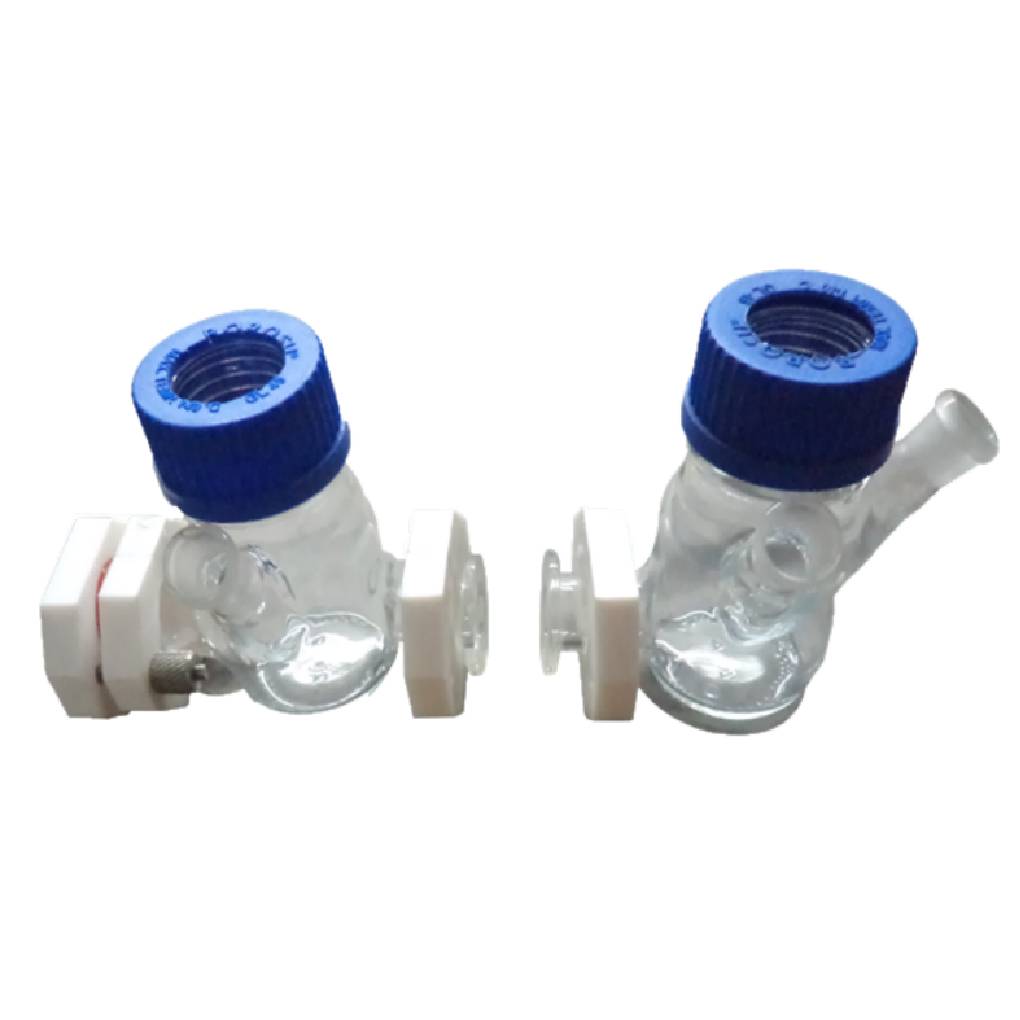Description
A Photo electrochemical consists of two compartments, typically separated by an ion-exchange membrane, allowing for isolated environments for the anode and cathode reactions. It features a working electrode, often a semiconductor-based photo electrode that absorbs light to drive electrochemical reactions, along with a counter electrode, usually made of platinum or carbon, to complete the circuit. A reference electrode may also be included for precise potential measurements. The cell is designed with a transparent quartz window to enable light exposure, facilitating photo-driven processes such as water splitting. It operates with a liquid electrolyte, which can be acidic, neutral, or alkaline, to support ion transfer. These features make PEC H-Cells essential for studying light-induced electrochemical reactions, particularly in applications like solar water splitting, photo catalysis, and renewable hydrogen production.

